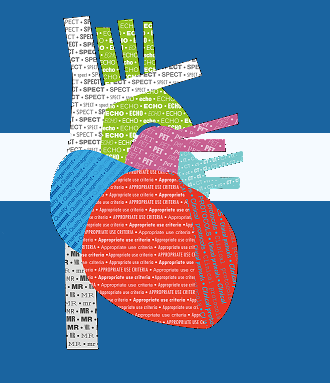Speaker
Dr
PRATIMAH KUMARI RAMDASS
(J.NEHRU Hospital,MAURITIUS)
Description
**Background:** The advent of industrialization in Mauritius in the early 1970's shifted the burden of disease from infectious to non-communicable diseases namely type 2 diabetes, arterial hypertension & coronary artery disease (CAD). However, in spite of the steady rise in the incidence of CAD among the population, the medical management for both, therapeutic and diagnostic, was quite rudimentary including only conservative treatment after diagnosis based on clinical, ECG and biochemical reports. In 1986, the first coronary angiography was performed and from then onwards, it remained the exclusive diagnostic method for CAD until the launching of myocardial perfusion imaging studies at the Nuclear Medicine Department in 2003 under the coaching of IAEA experts.
**Actual imaging facilities:**
The department has
(1) A single-head SIEMENS gamma camera (E-CAM)
(2) A dual-head MEDISO gamma camera (Nucline)
**Imaging studies performed:**
(1) Gated/non-Gated stress/rest Tc99m Sesta-MIBI SPECT Myocardial Perfusion Imaging scans, Physical (Treadmill), Pharmacological (Dipyridamole, Dobutamine)
(2) Multi-Gated Acquisitions (MUGA) scans for assessment of LVEF and myocardial contractility.
**Evolution of our services:**
The contribution of Nuclear cardiac imaging has unquestionably been of great value to cardiologists for the better management of CAD. Although issues were encountered at the beginning, our imaging studies quickly gained in confidence and is today a well established diagnostic asset for cardiologists for:
(1) Initial diagnosis in case of
-Inconclusive cardiac stress tests.
-Physically compromised patients not eligible for physical stress test.
(2) Assessment of viability of myocardium prior to invasive or surgical interventions.
(3) Objective evaluation of LVEF in patients with Cardiac failure.
(4) Cardiac assessment of post-chemotherapy patients.
Graphical representation of cardiac nuclear imaging studies in the Department (2001-2015) as attached file.
**Future perspectives:**
In view of the increasing prevalence of CAD,the Department is striving to meet up with the challenge of a heavier workload.This includes the acquisition of
(1) a Cadmium Zinc Telluride (CZT) camera which by providing better image definition and faster image acquisition will help to tackle the increasing back log of referred patients for MPI.
(2) PET-CT cardiac imaging.
(3) use of other Radio-tracers and Pharmacological stressing agents, such as thallium, adenosine, regadenoson etc.
**Conclusion:**
The advent of Nuclear Imaging Technology in Mauritius in 2001 and the introduction of cardiac nuclear imaging studies as a well established service offered by our Department (the only Nuclear Medicine Department on the island) has been a valuable asset. And if given the opportunity to develop further its infrastructure and human resource capacity, we will hopefully attain the golden standard in the diagnosis and management of coronary artery disease in Mauritius.
| Country/Organization invited to participate | Nuclear Medicine Department, J.Nehru Hospital,Ministry of Health&Quality of life,MAURITIUS |
|---|
Author
Dr
PRATIMAH KUMARI RAMDASS
(J.NEHRU Hospital,MAURITIUS)
Co-authors
Dr
Ambedhkar Shantaram NAOJEE
(Consultant Nuclear Medicine Department,J.Nehru Hospital)
Mr
Chandranand AHGUN
(J.Nehru Hospital)
Dr
HAMAD SWALEY GOOLAM DUSTAGHEER
(Nuclear Medicine Department,J.Nehru Hospital,MAURITIUS)
Mr
Hurrydeo SONEA
(J.Nehru Hospital)
Mr
Lindsay SAVURIMUTHU
(J.Nehru Hospital)
Ms
Saraswati Baichoo
(Nuclear Medicine Department, J.Nehru Hospital.MAURITIUS)
Mr
Vidyaprakash SUNGKUR
(J.Nehru Hospital)

